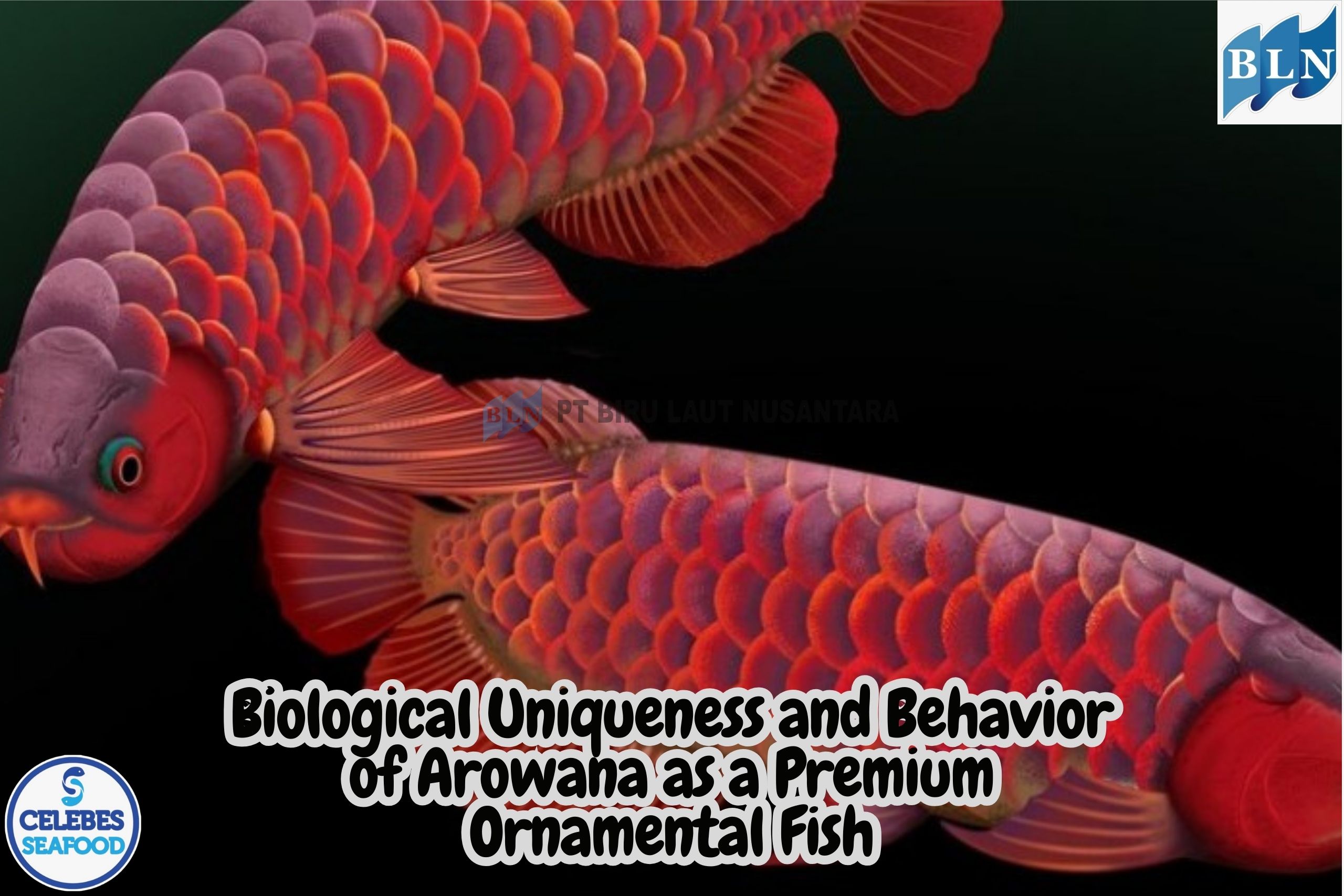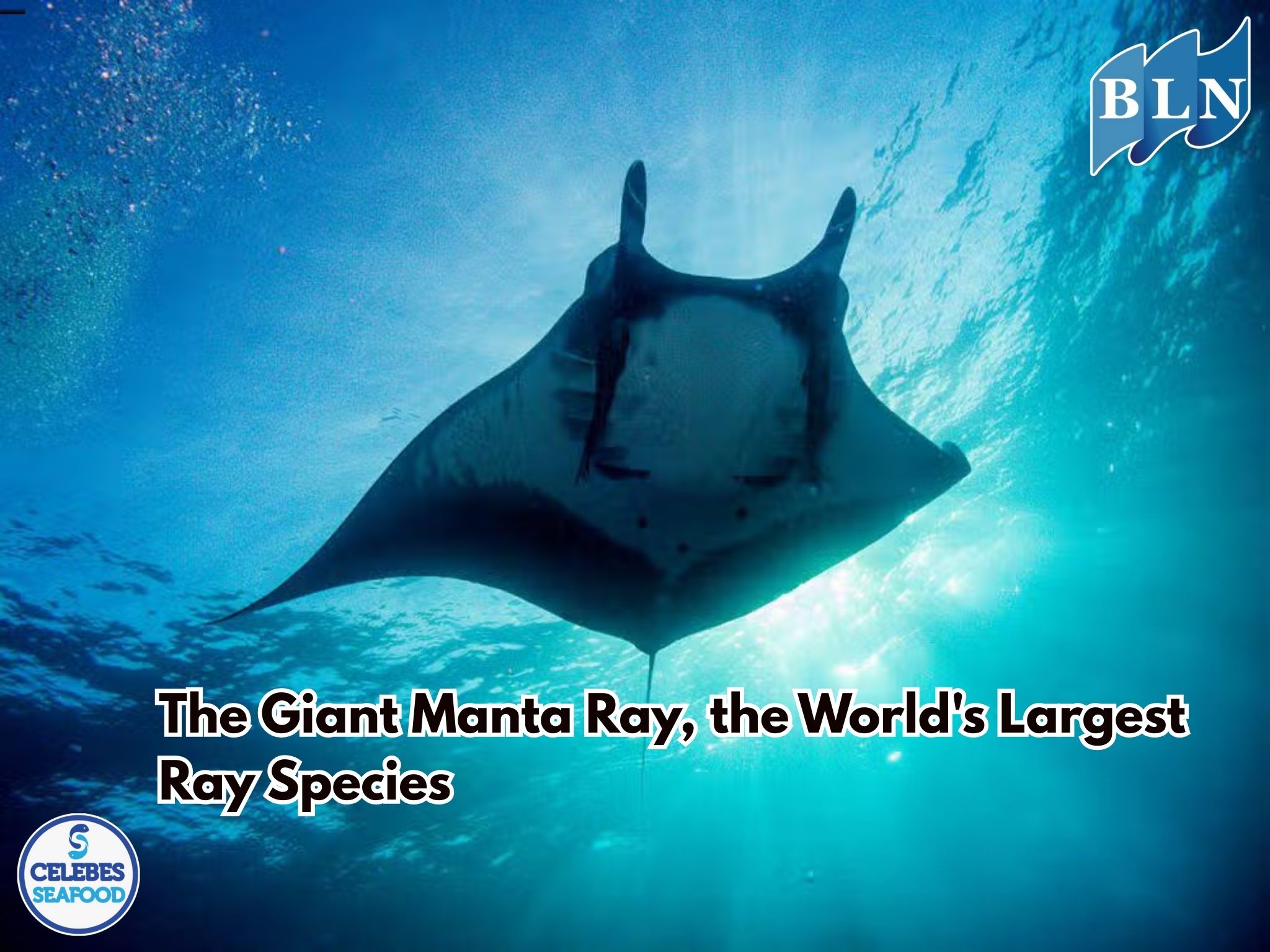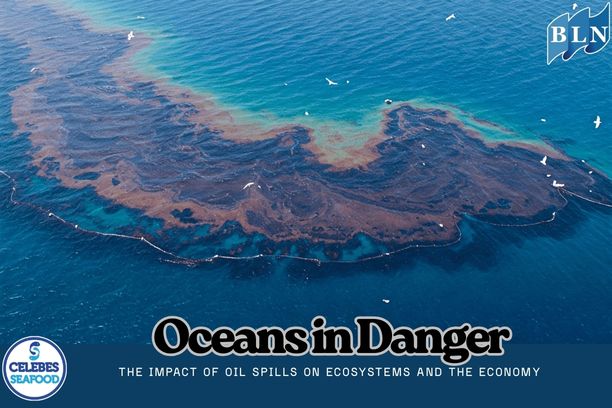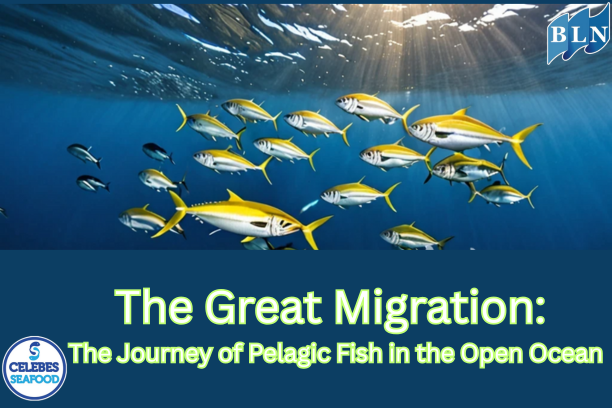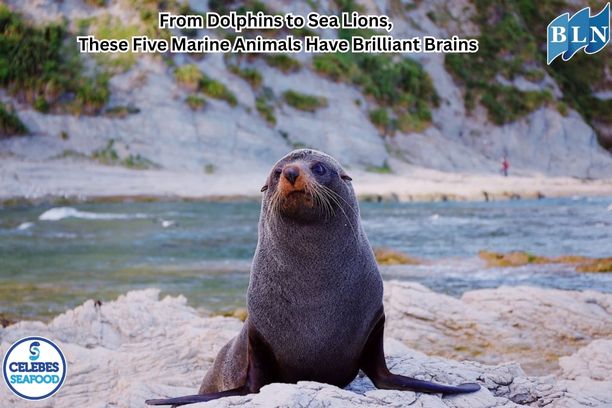The Role of Crabs in Mangrove Ecosystems: An Ecological and Conservation Study
By. Azizah - 27 Aug 2025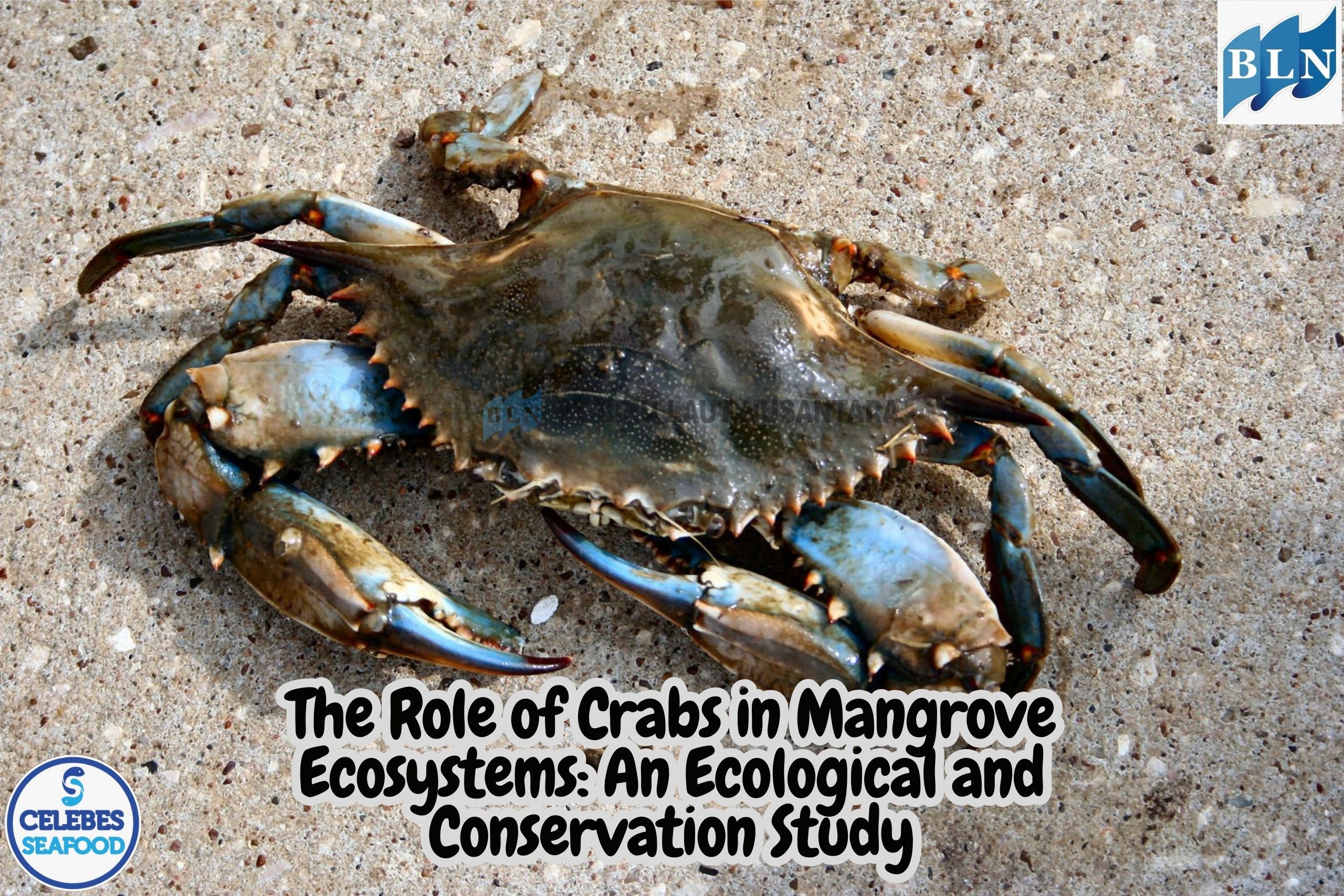
lautnusantara.com Mangrove ecosystems are among the most productive coastal environments with essential ecological functions. Crabs, particularly from the families Sesarmidae and Ocypodidae, play a key role in maintaining mangrove ecosystem balance. Their bioturbation activities through burrow digging, litter consumption, and daily movements contribute to nutrient cycling, soil aeration, and mangrove vegetation regeneration. This article discusses the ecological roles of crabs in mangrove ecosystems, the impacts of declining crab populations, and conservation strategies to ensure the sustainability of mangrove habitats.
Introduction
Mangrove ecosystems are vital habitats found in intertidal coastal zones. They serve critical functions, including shoreline protection, habitat provision for aquatic organisms, and carbon storage (blue carbon). One of the significant faunal components of mangroves is crabs, which play a crucial role in supporting ecological processes.
Crabs function not only as part of the food web but also as bioecological engineers, organisms that can modify the structure and functioning of their environment. Therefore, understanding the role of crabs in mangrove ecosystems is essential for effective conservation and sustainable management.
Ecological Roles of Crabs in Mangrove Ecosystems
1. Leaf Litter Decomposition
Leaf-eating crabs, particularly those from the Sesarmidae family, consume fallen mangrove leaves. This process accelerates decomposition and breaks down litter into smaller fragments, making it more accessible to microbial decomposers. Such activity plays an essential role in carbon and nitrogen cycling within mangrove ecosystems.
2. Bioturbation and Soil Aeration
Burrowing crabs, such as Uca spp. and Ocypode spp., dig burrows in mangrove substrates. These digging activities enhance soil aeration, improve water circulation, and redistribute organic matter within sediments. Such processes support mangrove root growth and benthic organism survival.
3. Mangrove Vegetation Regeneration
By consuming mangrove propagules and seeds, crabs influence vegetation composition. Although some species feed on propagules, in the long term, this activity contributes to natural selection and regeneration of mangrove forests.
4. Food Web Component
Crabs serve as an important food source for shorebirds, fish, reptiles, and small mammals. Their presence maintains trophic balance within mangrove ecosystems.
Threats to Crab Populations
Crab populations in mangrove ecosystems face several threats, including:
-
Overexploitation: excessive harvesting of mud crabs (Scylla spp.) for consumption and export.
-
Habitat degradation: conversion of mangrove forests into aquaculture ponds, plantations, or industrial areas.
-
Coastal pollution: plastic waste, heavy metals, and chemical contaminants that disrupt crab life cycles.
-
Climate change: sea level rise and salinity shifts that threaten mangrove ecosystem stability.
Conservation Strategies
Conservation of crabs and mangrove ecosystems requires integrated approaches, including:
-
Mangrove Restoration – replanting mangroves in degraded areas.
-
Community-Based Management – engaging local communities in mangrove stewardship.
-
Regulation of Crab Harvesting – implementing minimum size limits and prohibiting the capture of berried females.
-
Education and Awareness – raising public knowledge of the ecological importance of crabs.
-
Further Research – ecological, genetic, and behavioral studies to support evidence-based conservation policies.
If you are interested in our CALAMARI WHOLE ROUND,CUTTLEFISH WHOLE ROUND please do not hesitate to contact us through email and/or whatsapp.

 on the Seabed.jpg)
